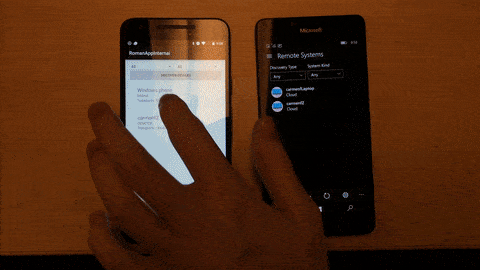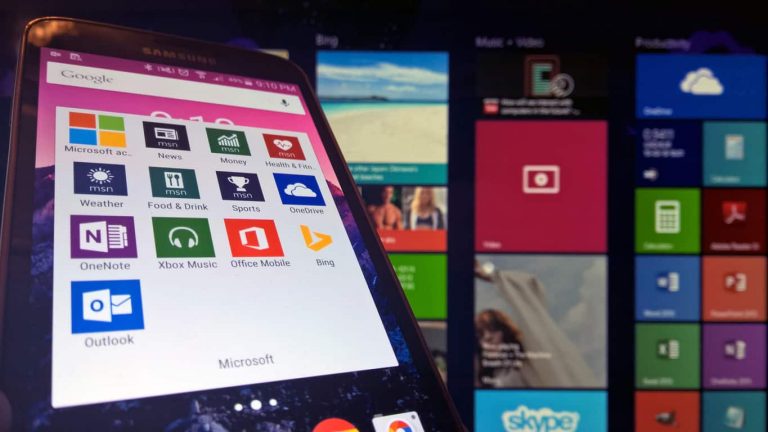Last year, Microsoft introduced its Project Rome for Android SDK, which will let developers connect apps and services across Android and Windows devices. The company’s goal is to help developers create cross-platform experiences, allowing Android users to start a task on their handset and finish it on a Windows 10 device.
Until now, the functionality was limited to lauching an app on a remote device using an URI. However, the latest update to the Project Rome SDK brings support for App services, which lets Android and Windows apps talk to each other. “App services allow your app to provide services that can be interacted with from other applications,” explained Microsoft in the blog post announcing the new feature. “This enables an Android application to invoke an app service on a Windows application to perform tasks behind the scenes.”

Microsoft chose to illustrate the new feature with a remote control scenario: an Android music app that has integrated the Project Rome SDK could be used to launch the same app on a Windows 10 device, including the Xbox One. From then, users could continue playing music on the Windows 10 device and control playback right from their Android phone. In case you’re wondering, the Android app will need to use your wireless network or Bluetooth to discover your other Windows 10 devices that are signed on with the same Microsoft account.
“With the introduction of app services functionality into the Android SDK, we continue to provide the tools developers need to create highly compelling experiences,” explained Microsoft. Considering the tiny market share of Windows Phone right now, Microsoft is probably right to work on cross-platform scenarios between Android and Windows 10.
Developers interested in leveraging the Project Rome SDK can find all documentation and code for both Java and Xamarin on GitHub. Sound off in the comments if you think Project Rome is a promising initiative.


